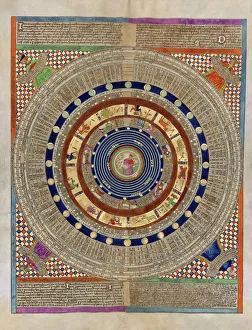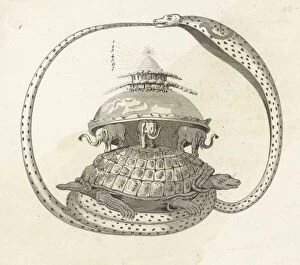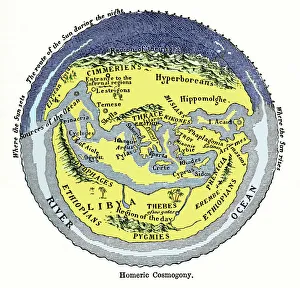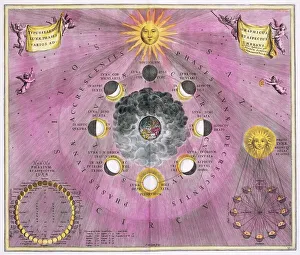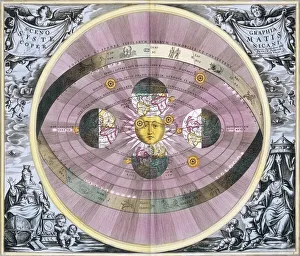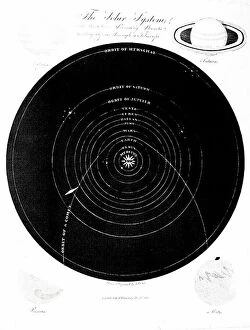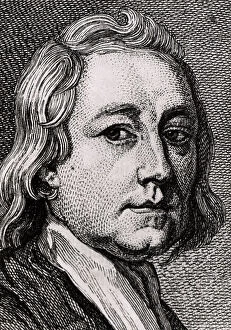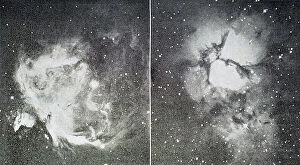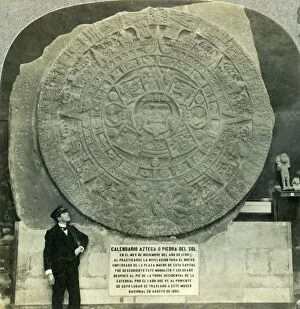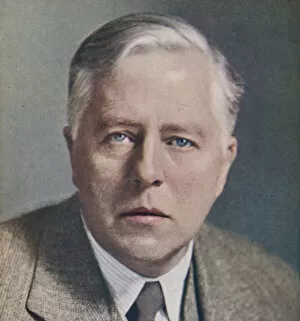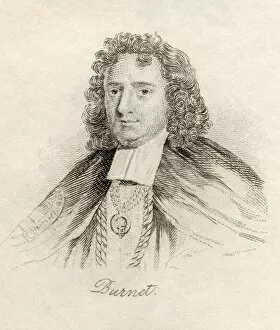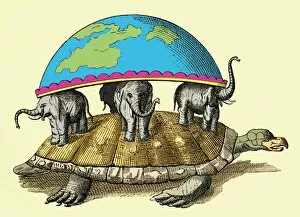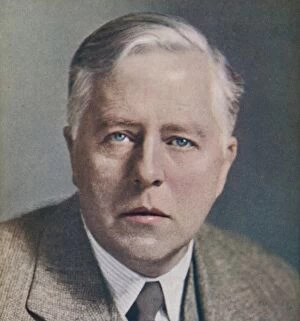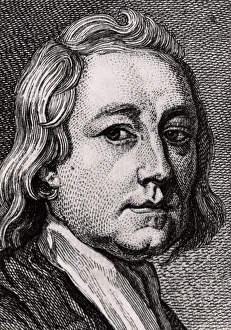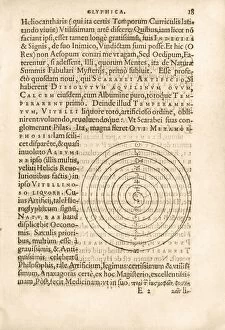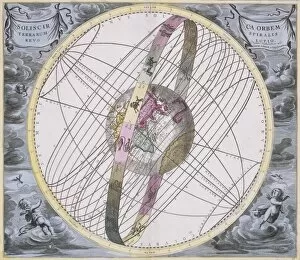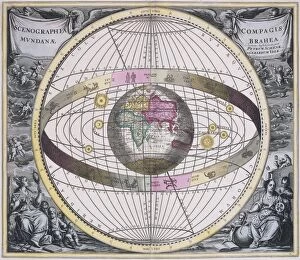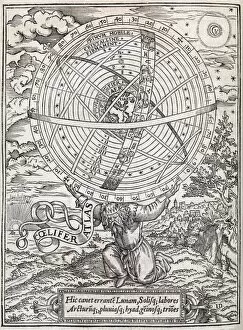Cosmogony Collection
Cosmogony, the study of the origins and evolution of the universe, has fascinated humanity for centuries
All Professionally Made to Order for Quick Shipping
Cosmogony, the study of the origins and evolution of the universe, has fascinated humanity for centuries. In the 14th century Catalan Atlas, we see a depiction through various celestial maps and illustrations. Hindu mythology tells us about the Cosmic Turtle that supports the world on its back, representing their unique cosmogonic beliefs. The Homeric cosmogony describes how gods emerged from chaos to shape our world. The Oscillating Universe Theory artwork visualizes an ever-expanding and contracting cosmos, suggesting a cyclical creation process. In 1708, Phases of the Moon showcases humanity's understanding of lunar cycles within cosmogonic frameworks. This coincided with Copernican worldview advancements that challenged geocentric models in favor of heliocentrism. The Aztec Calendar Stone at Mexico City's National Museum offers insights into Mesoamerican cosmology with intricate carvings depicting cosmic events and deities' roles in creation. Meanwhile, Raphael's workshop presents frescoes like Creation of Animals and Creation of Sun and Moon as artistic interpretations influenced by religious beliefs. James Jeans, an English mathematician and physicist, contributed to modern cosmogony theories such as stellar evolution and black hole formation. However, historical inaccuracies also exist; for instance, Stone of the Sun is mistakenly known as Aztec when it predates their civilization by centuries. Thomas Burnet was an English theologian who wrote extensively on cosmogony during his time in England around 1635-1715. His works shed light on theological perspectives intertwined with scientific inquiries into creation processes. From ancient myths to scientific breakthroughs throughout history until today's cutting-edge researches - Cosmogony remains a captivating subject that continues to inspire curiosity about our place in this vast universe.

